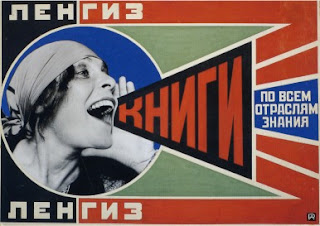Art Nouveau
The Art Nouveau style draws largely from themes found in nature such as plants, flowers, trees, and insects. Art Nouveau also tends to be more asymmetrical with long flowing sinuous lines. While there is some overlap between the two styles in use of flowers and insects, there are differences in the specifics selected. Art Nouveau would use irises and Art Nouveau might rely on insects such as dragonflies and spiders - perhaps due to the lingering fascination with classification of animals in the 1850's.
Although Art Nouveau fell out of favor with the arrival of 20th century modernist styles, it is seen today as an important bridge between the historicism of Neoclassicism and modernism.
In the visual arts, Symbolism has both a general and a specific meaning. It refers, in one sense, to the use of certain pictorial conventions (pose, gesture, or a repertoire of attributes) to express a latent allegorical meaning in a work of art it shown in iconography.

In another sense, the term Symbolism refers to a movement that began in France in the 1880s, as a reaction both to romanticism and to the realistic approach implicit in Impressionism. Posters were popularized by the mid-19th-century invention of lithography, which allowed colored posters to be produced cheaply and easily. Henri de Toulouse-Lautrec was noted for his poster art, which often advertised Parisian cabaret performers. Poster art flourished with the rise of the Art Nouveau style, as seen in the work of Alphonse Mucha.
Conclusion I find the Art nouveau movement intriguing because it was the movement that gave prominence to the graphic artist whose role was to popularize a commercial product by producing images to reach as wide an audience as possible. This is also the reason why I chose to concentrate more on Art nouveau graphic art painting and poster design because Art nouveau spans a wide spectrum of the decorative arts.
 |
Alphonse Mucha:
design and poster |
I think that Art nouveau is probably the art style most synonymous with modernization and elegance, sophistication, class, which will ensure its timeless and classic status. The influence of the energy, excitement, dynamism and modern simplicity of Art nouveau design can still be felt today, and the movement as a whole, is as relevant now as it was then.























